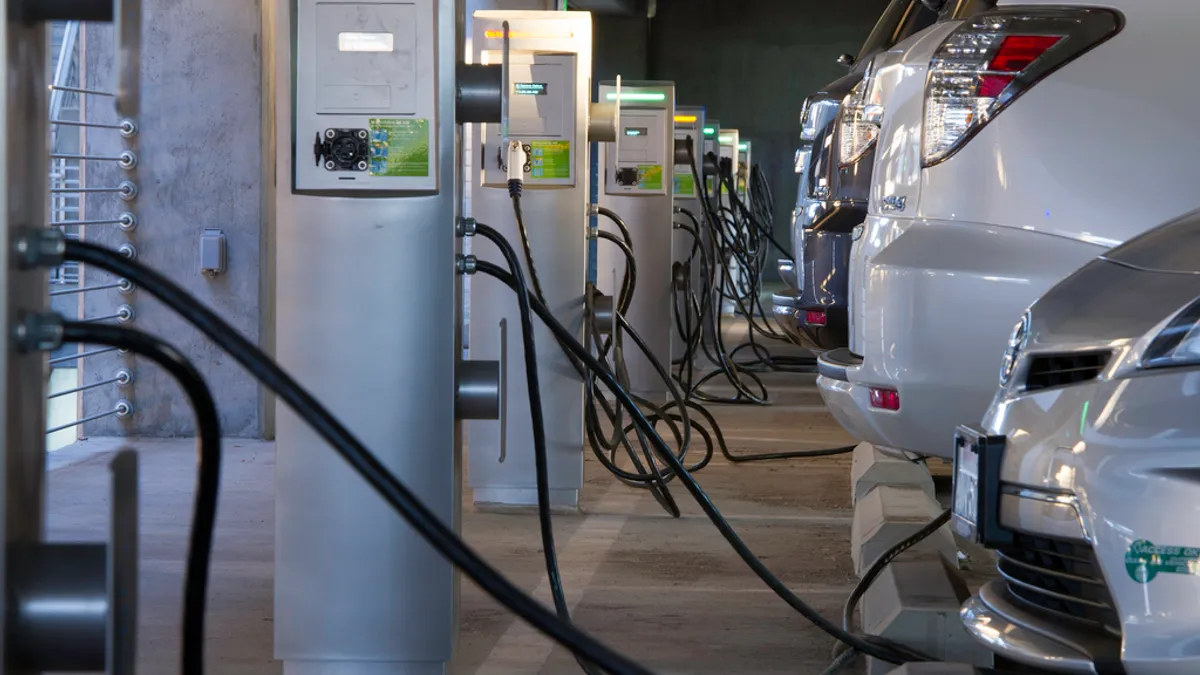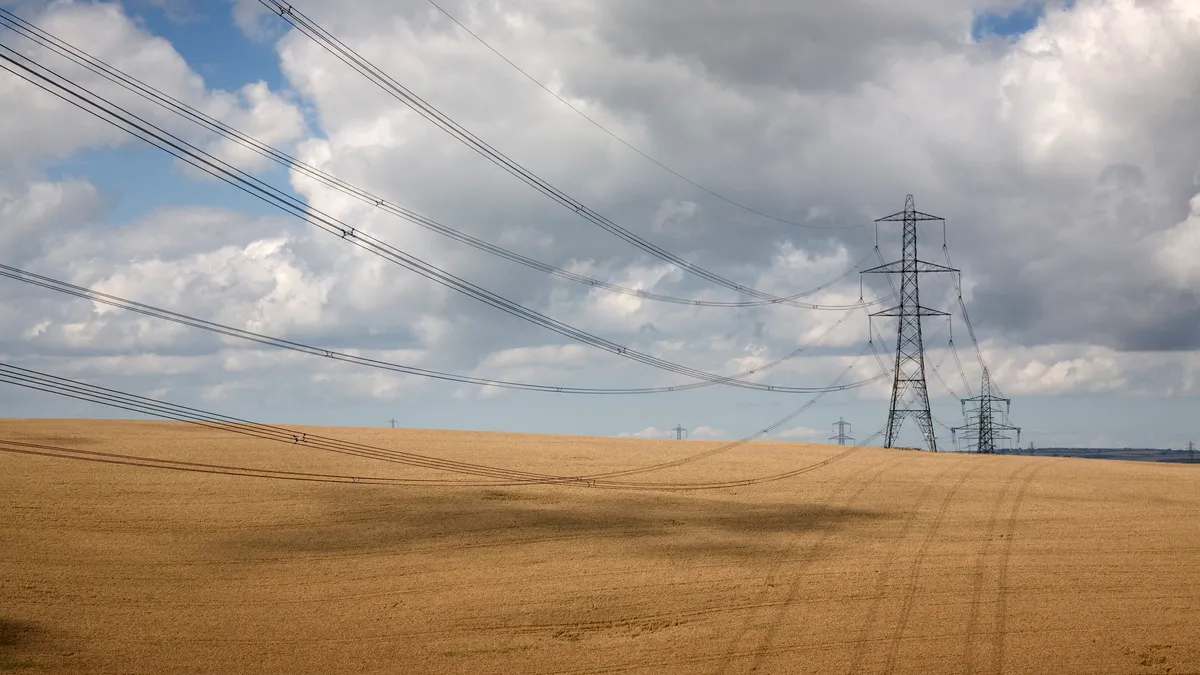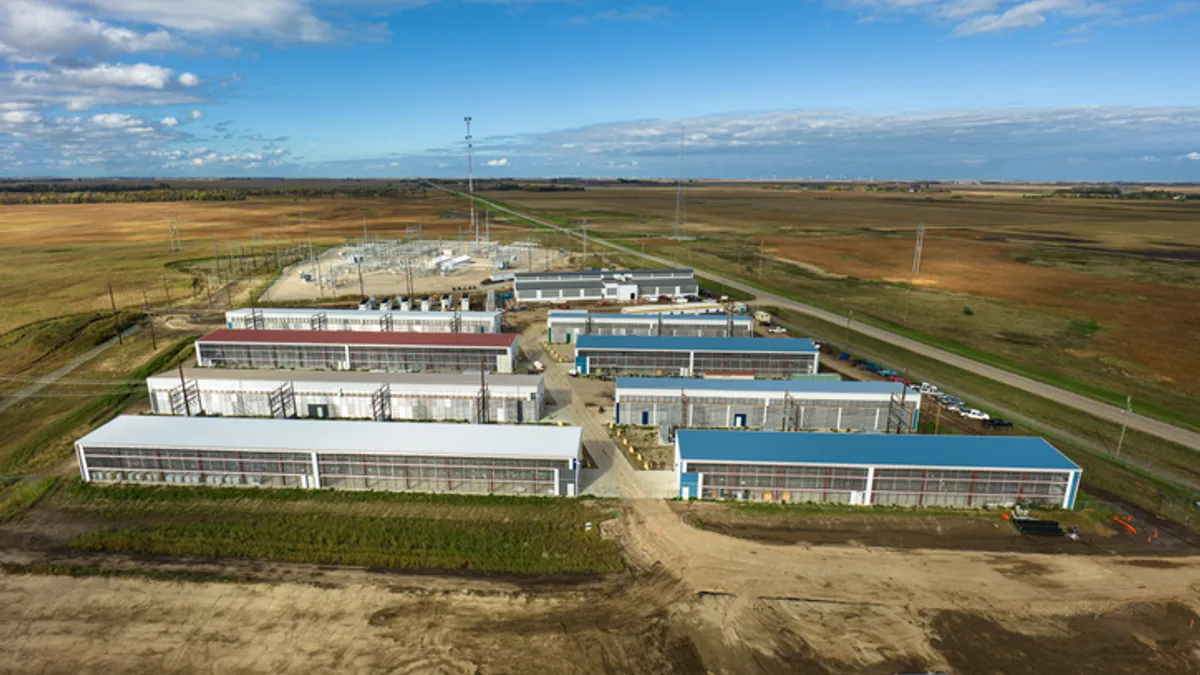Electrifying the transportation sector is no easy task. But, as with many innovations occurring in the power sector, California is leading the way.
The California Public Utilities Commission recently approved a first round of pilot proposals to electrify transportation from the state’s investor-owned utilities (IOUs). A second, bigger round of proposals is pending. These pilots will cost a combined $1.3 billion and go beyond Gov. Jerry Brown (D)’s plan to have 1.5 million zero emission vehicles (ZEVs) on the road by 2025.
The approved and proposed pilot projects would cover the gamut of possible ways to boost electric vehicle deployment including rate designs, smart charger buildout, public education efforts, and help utilities avoid upgrade costs, said Jim Lazar, senior advisor for the Regulatory Assistance Project (RAP). But these particular projects are not just focused on cars — they also focus on school and transit buses as well.
The evolution of this pilot project closely follows the growth and innovation in the transportation sector — in the first quarter of 2016, 97 makes and models of plug-in hybrid and battery EVs composed the market. At least 181 such models are forecast for the last quarter in 2018, according to Brett Hauser, CEO of charging station software provider Greenlots.
Utilities are examining rate design as another way to integrate electric vehicles into the grid, and use them as a way to shift load. All told, these pilot projects could pave the way for utilities across the United States to boost deployment of electric vehicles while leveraging their grid benefits.
Plugging in transport
In 2016, the CPUC approved $197 million in light-duty EV charging infrastructure pilots for California IOUs. They included $22 million for SCE’s Charge Ready pilot; $45 million for the San Diego Gas and Electric (SDG&E) Power Your Drive program; and $130 million for the Pacific Gas and Electric (PG&E) charger installation program.
In 2017, the IOUs proposed a series of projects, that include $553.8 million for SCE’s medium- and heavy-duty charging infrastructure buildout; $225.9 million for SDG&E’s residential charging; and $233.2 million for two projects for PG&E. These investment are expected to seed significant EV growth, and allow utilities to be prepared.
Brett Hauser, CEO of charging station software provider Greenlots, said it’s important to manage charging now because EVs are in for “hockey stick growth."
An EV can increase a home’s electricity consumption 60%, Hauser added. For instance, three homes with new EVs could impose the need for utility expenditures on new infrastructure. But if the utility can control that load, it can avoid those expenditures and keep the system stable. The utility could even use the load to its advantage, adding to ratepayer savings.
Utilities’ ability to control charging effectively has been demonstrated in recent pilots but the savings to customers remain uncertain, Hauser added.
Customer savings
But Jim Lazar, senior advisor for the Regulatory Assistance Project (RAP) showed how savings are plausible with smart charging. He compared three utilities that had comparable average $0.16/kWh rates but very different rate structures.
The only constraint that charging be done during non-peak hours. Eversource, in New Hampshire, for instance, has a “high demand charge app applied on a ‘non-coincident with peak’ basis,” he said. In contrast, the Sacramento Municipal Utility District (SMUD) has a small “non-coincident with peak” demand charge and a medium-sized “coincident with peak” demand charge with a time-of-use [TOU] energy rate. And Burbank Water and Power has only a TOU energy rate.
The rates vary. Eversource can claim a $0.57/kWh cost of charging. The SMUD rate results in a $0.21/kWh cost of charging. And the Burbank rate is even lower, resulting in a $0.16/kWh cost of charging, Lazar said. “Intuitively, a load during off-peak hours ought to be lower but that was only true for the Burbank rate design.”
Based on these results, Lazar concluded the time-of-use rate, similar to Burbank’s, is the better than the other options, but the ideal scenario is smart charging that is controlled to benefit the grid. That control could be by the utility, the vehicle manufacturer or even an algorithm, he added.
Greenlots' Hauser agreed rates alone are not adequate and utility control is necessary. “Things that go as planned can be handled by algorithms but someone has to have an overall system view so interventions can come when needed.”
But the present hurdle is implementing communications standards and protocols and pilots, according to Dave Packard, vice president for utility solutions for EV charging station provider ChargePoint.
ChargePoint’s Packard said his company has always had technology in place to allow managed charging, and its protocols and pilot projects will advance the effort.
“But getting it right takes time,” he added.
Those pilots include approved SCE and SDG&E plans and and another approved pilot for submetering accuracy involving all three California IOUs, Packard added.
The big question for ChargePoint is whether smart charging provides enough value to drivers. “We have taken great pains to get the tools in place,” Packard said. “But is it worth the $20 a driver gets for allowing the utility to turn off the charging station during a few demand response events each year?”
ChargePoint is confident of its ability to scale and manage its charging network to maintain the driving experience, and to give utilities the control they need, Packard said. "But is the value there?”
For utilities, it is a matter of whether the savings from managing the load in a way that integrates renewable generation and distributed resources is greater than the cost of new generation, he said.
Greenlots’Hauser said it depends on how value is defined. “There is value to all customers if the system is more cost-effective because the utility avoided or deferred expenditures,” he argued. “Participating drivers may earn a monthly fee or a utility-provided charge station. That will vary by utility and state policy.”
RAP’s Lazar said the process could be completely cost- and involvement-free for drivers if charging is managed so it does not impose on them and they can opt out whenever necessary. “The science of smart charging is evolving quickly."
Moving on to buses
PG&E proposals to boost electric vehicle deployment this year included $210 million program that would serve buses along with other vehicles.
The utility also proposed a $3.35 million “priority” review project that would convert an operating fleet of transit buses or delivery vehicles to electricity. Another $3.35 million priority investment would deploy electric school buses and test incentives and rate designs to encourage charging that takes advantage of renewables.
Motiv CEO Jim Castelaz said school buses have the potential to deliver power to buildings or the grid whenever needed. “But that is only in theory,” he added. “There are not today mechanisms or a volume of vehicles in place to do it.”
The economics are also uncertain, he said. “But it looks like during the summer months when the buses are not being used, it could be revenue positive to use them to provide grid services or help meet the late afternoon peak demand."
More interesting ways to monetize vehicle fleets will come when “regulation and the technology catch up with the theory, and it is moving that way,” Castelaz added.
SCE’s list of proposed priority pilots for this year includes a proposed $3.98 million investment to serve electric commuter buses in its service territory. Its $553.82 million standard review proposal includes a buildout of infrastructure to serve buses and other large vehicles.
SCE also asked CPUC to approve a new rate design to support the transit bus industry’s growth, especially as major metropolitan areas in its service area begins investing in electric transportation.
The Los Angeles Metropolitan Transit District recently purchased 95 electric buses and has plans to be at 100% zero-emission buses by 2030. Other transit districts served by SCE have similar or more aggressive commitments.
SCE’s Garwacki said the new rate design is needed because of the many financial factors, and California policies are quickly moving the utility’s power mix to renewables, distributed resources, and electric transportation.
Energy costs are now reflected in time-varying rates, Garwacki said. But distribution costs are covered by a non-time-differentiated demand charge, even though they are a combination of grid infrastructure costs and peak-time-related costs.
Because of the rising need for flexibility and fast ramping, “both energy and distribution rates need to have a peak time varying component rather than a straight fixed demand charge,” he said.
Demand charges allow utilities to recover capacity-related costs, Garwacki said. “The biggest utility fear is that customer-sited resources will create zero net energy customers who can bypass capacity costs if they are recovered only in volumetric energy charges.”
With a demand charge, the utility gets paid for capacity and reduces the volumetric charge, he said. The result is economically efficient consumption, which encourages load growth. “It works pretty well for the typical range of load factors, but early adopter electric transportation has a very low load factor.”
Load factor is actual usage compared to potential usage. SCE’s innovative rate design would allow early adopter transit districts to avoid demand charges for five years and then phase them in slowly over five years.
Early adopter transit districts with few buses, erratic charging patterns, and low load factors still have high peak demand, Garwacki said. “We want to avoid the demand charge billing impact."





















